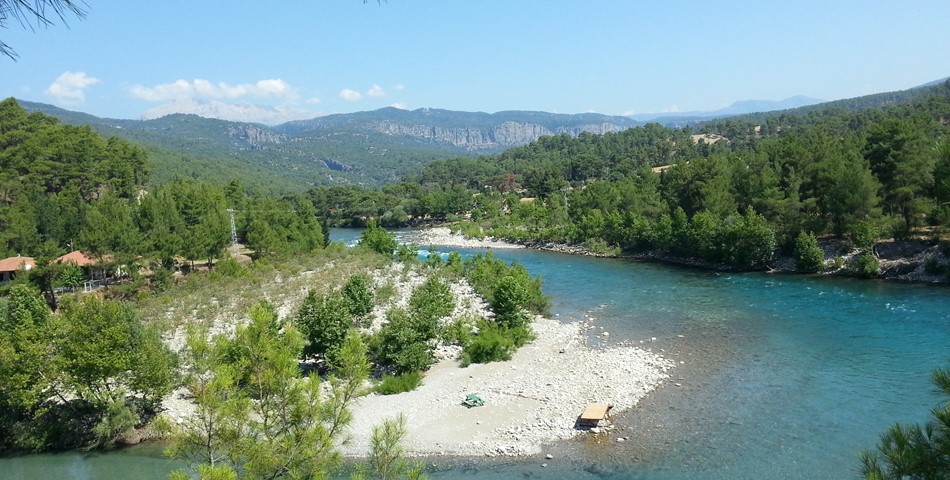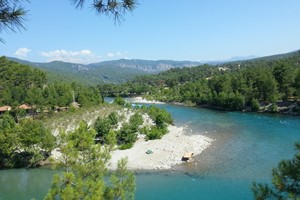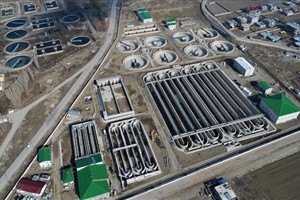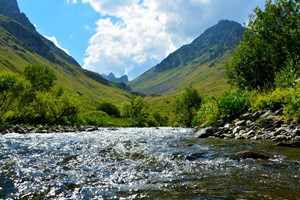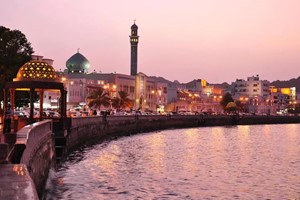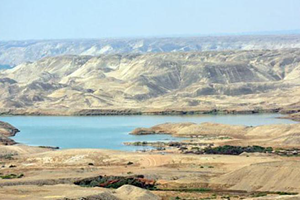Turkey faces limited potential for widespread food and water insecurity between now and 2030. The actions that it takes over this time period, however, will have implications for the Kurdish minority living within its borders and the lower riparian countries of Syria and Iraq.
Provided rising food and water demand - driven by population growth - is met, the greatest challenge to Turkish food and water security is likely to come from domestic and regional political instability. Rainfall is highly variable across the country, the central and south-eastern plateaus receive an average of 250mm per year while parts of the north-eastern Black Sea coast receive an average of over 2,000mm per annum. Overall, the country receives an average of 650mm each year.
A country or region is considered to be in a condition of water stress when the annual per capita water supply falls below 1,700 cubic meters. Once water availability drops below 1,000m3 per capita, the country or region is considered to be experiencing water scarcity. Per capita water availability has declined to 1,600m3 in Turkey, suggesting that it is experiencing water stress.
Some projections indicate that the situation is likely to continue to deteriorate, with water per capita availability expected to decline to 1,125m3 by 2023. If this projection proves accurate, it is possible that the country will become water scarce by 2030. The majority of water, 71 percent, is consumed by the agricultural sector, mainly to irrigate crops. Close to 90 percent of irrigated areas employ highly wasteful surface irrigation methods.


These methods lead to high rates of evaporation and surface runoff. Increasing the use of drip and sprinkler irrigation would reduce the amount of water wasted by the agricultural sector while maintaining crop production rates. The industrial and domestic sectors each account for 14 percent of the country's water consumption. Domestic water use has increased from 98 liters per person per day in the 1980s to 250 liters per person per day currently. Turkey aims to save water by reducing daily consumption to 150 liters per person per day, the average amount used in the 1990s.
Even with these measures, water used by irrigators and in domestic applications is estimated to double while the industrial sector is anticipated to triple the amount of water it consumes. In recent years, highly populated areas, mainly Istanbul and the western and central provinces, have begun to experience water shortages in the summer months. As the population of these areas is projected to continue to increase it is possible that water shortages will become more acute. Simply building more storage facilities or rerouting water from elsewhere is unlikely to resolve the issue.
Rerouting water invariably leads to water loss and, as the Istanbul Water and Sewerage Authority already relies on a network of ten dams, constructing more dams is unlikely to solve long-term water supply problems. Encouraging people to reduce unnecessary water use and introducing water recycling schemes in the heavily populated, but relatively water scarce, western and central provinces would provide a better solution to the region's water issues. As surface water sources come under strain from increased demand and lower inflow (mean rainfall is expected to decrease by five per cent by 2030) a larger portion of water will come from aquifers. Many groundwater sources are already overexploited and a proliferation of unauthorized or unregulated wells is leading to greater withdrawal rates.



